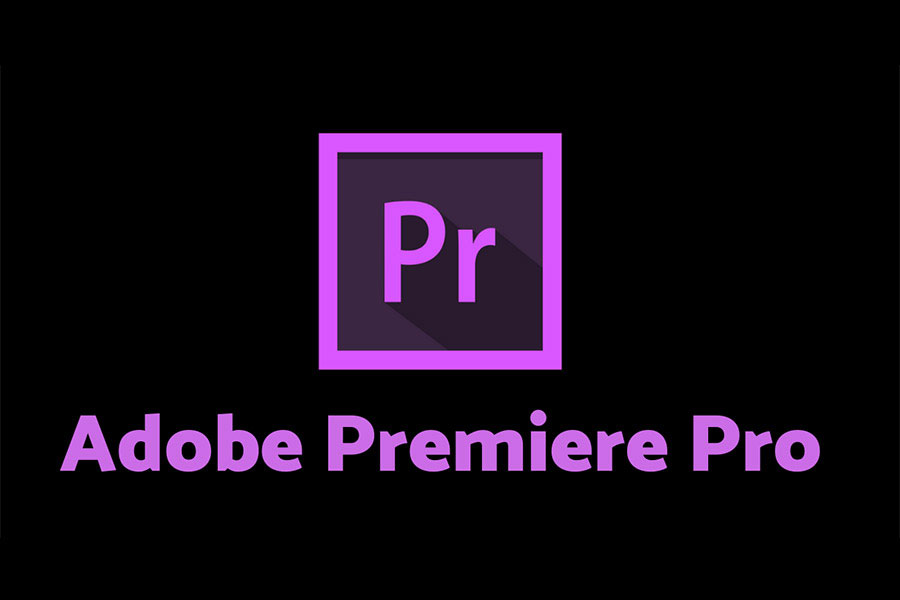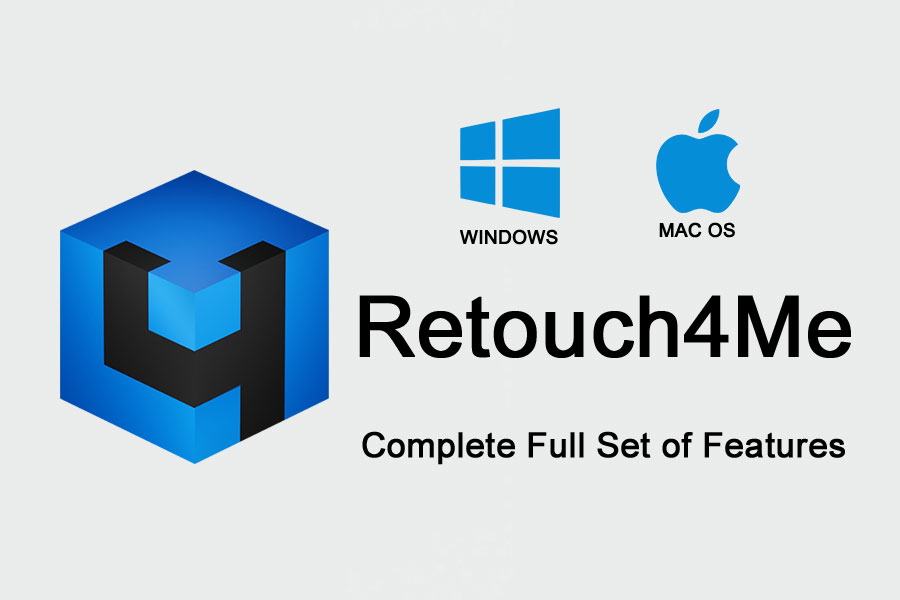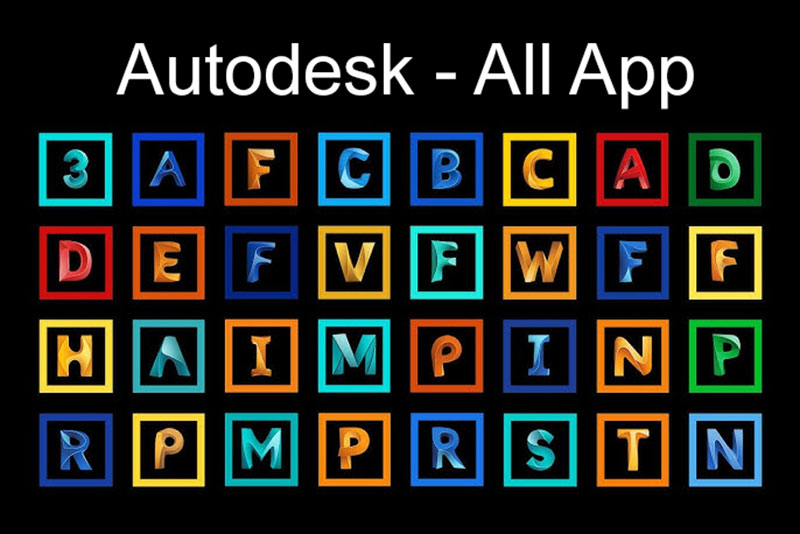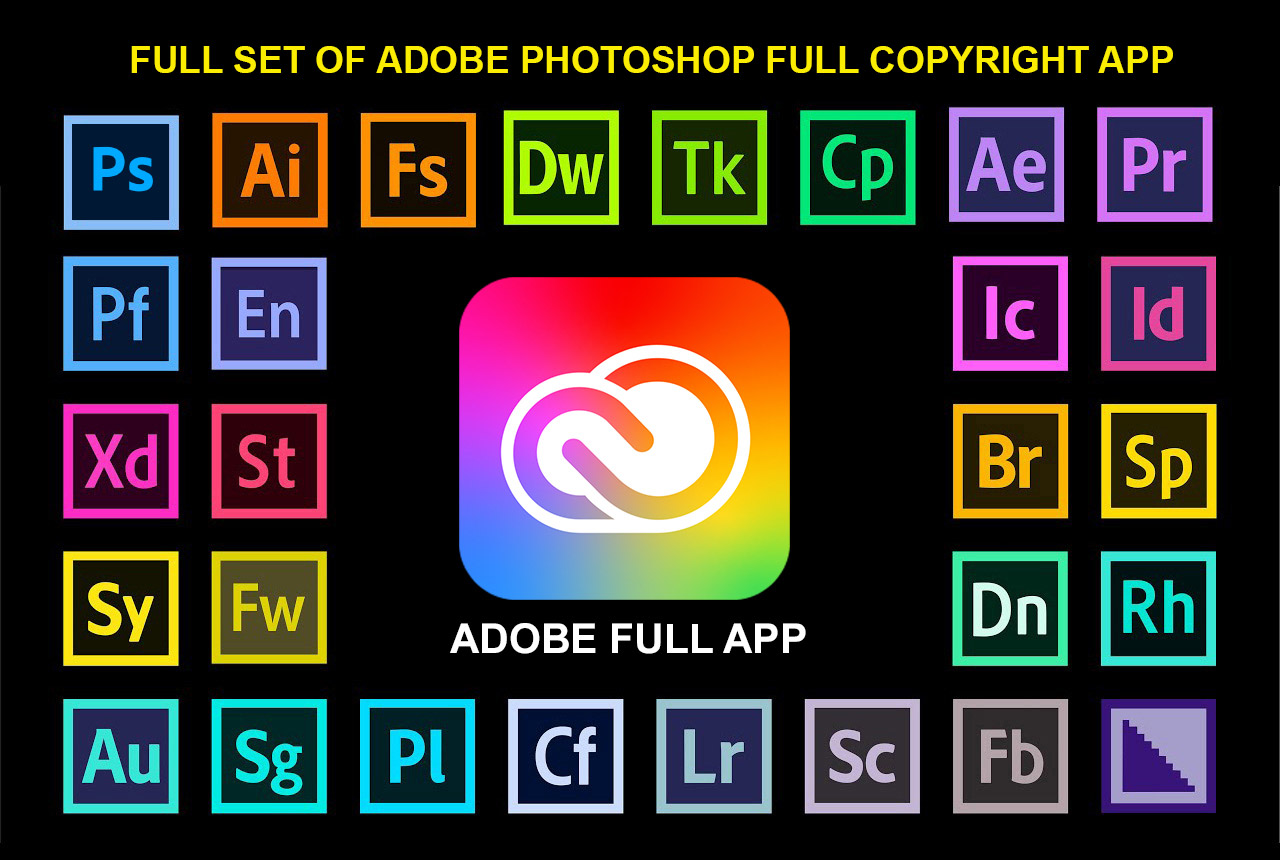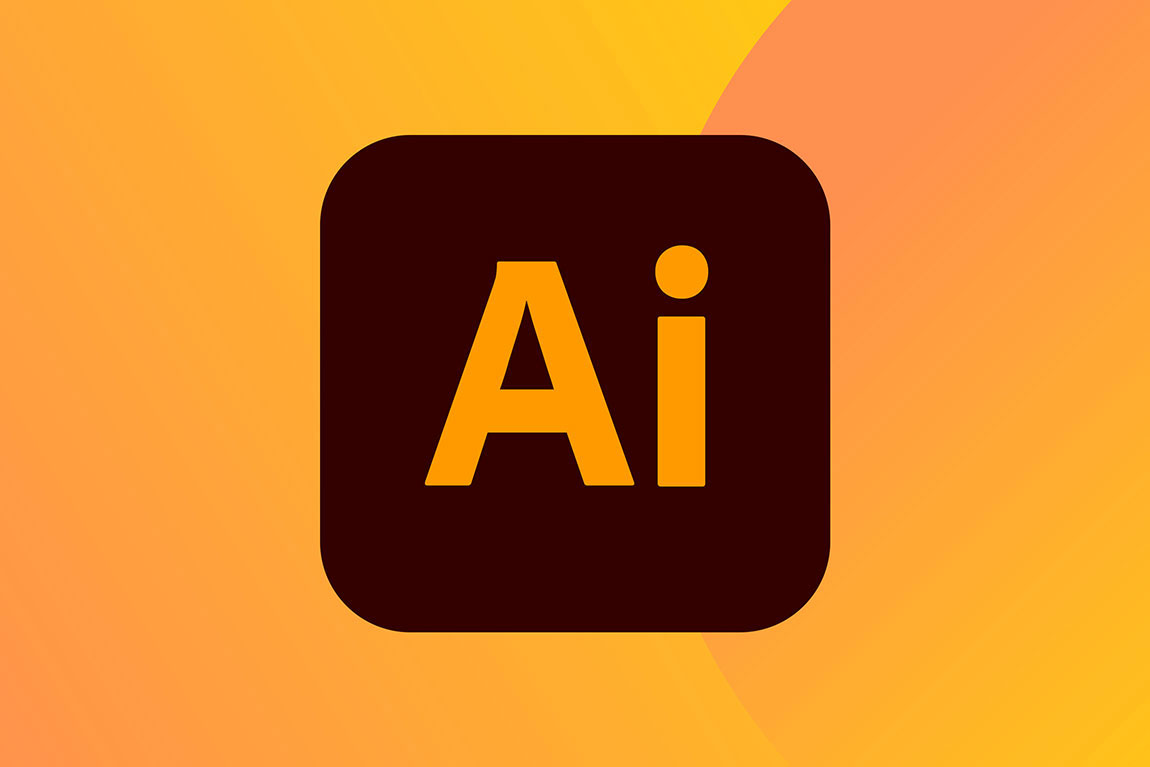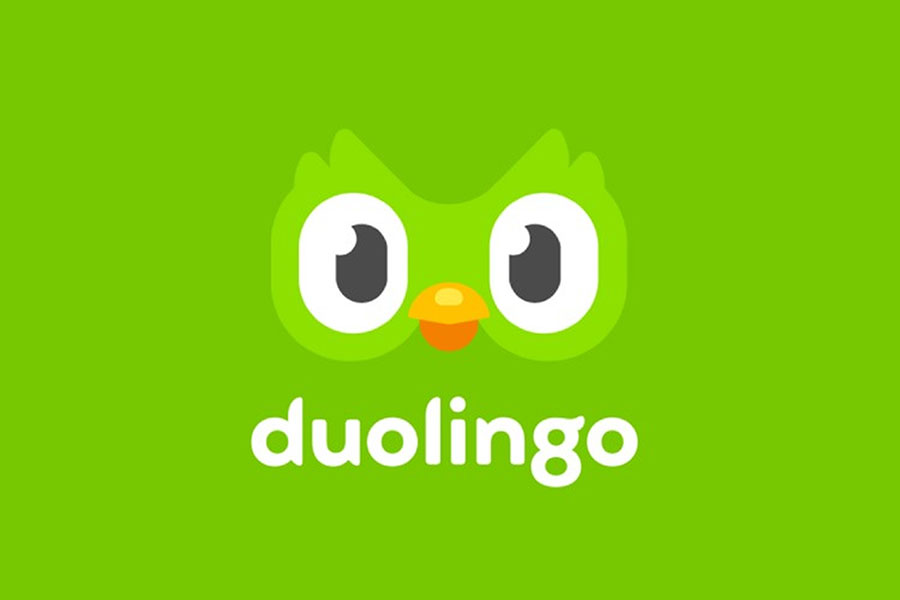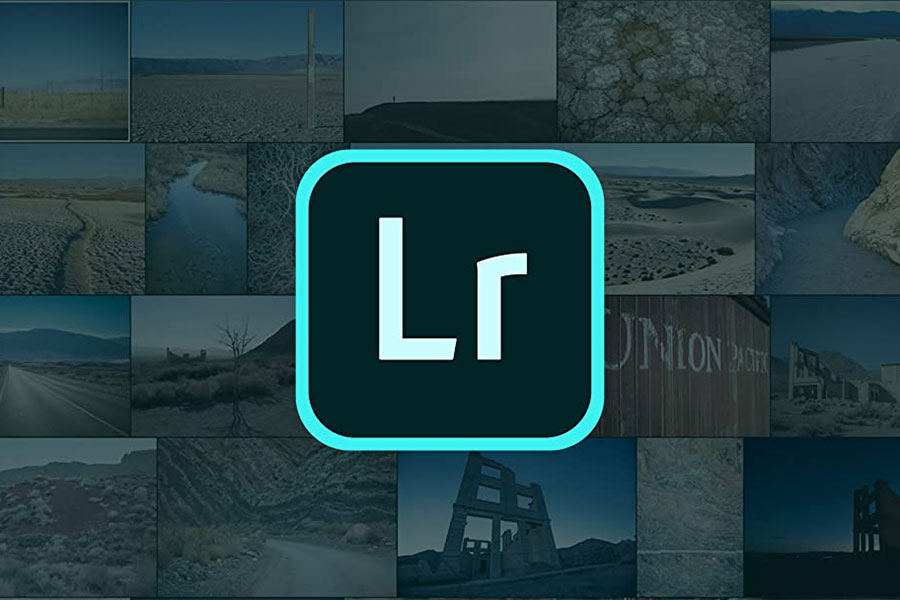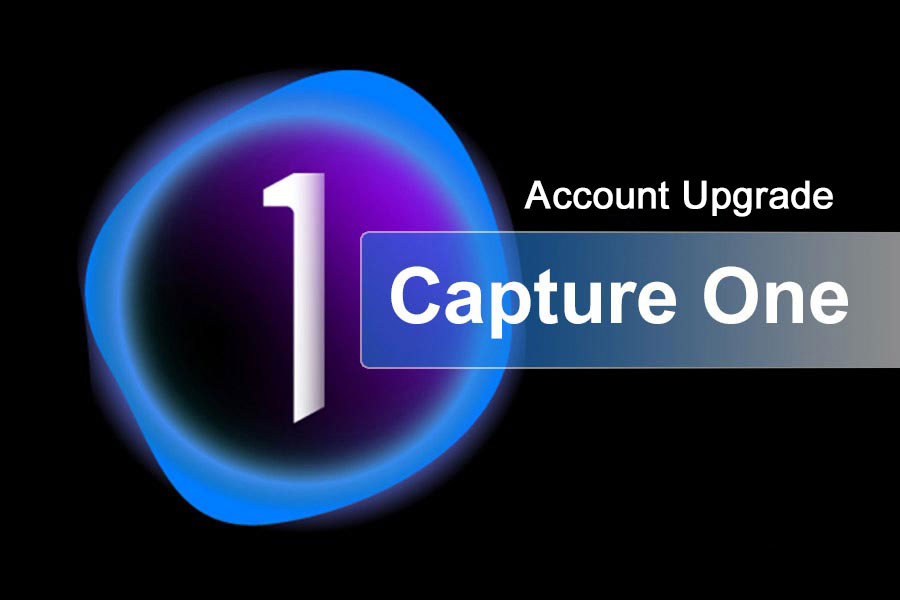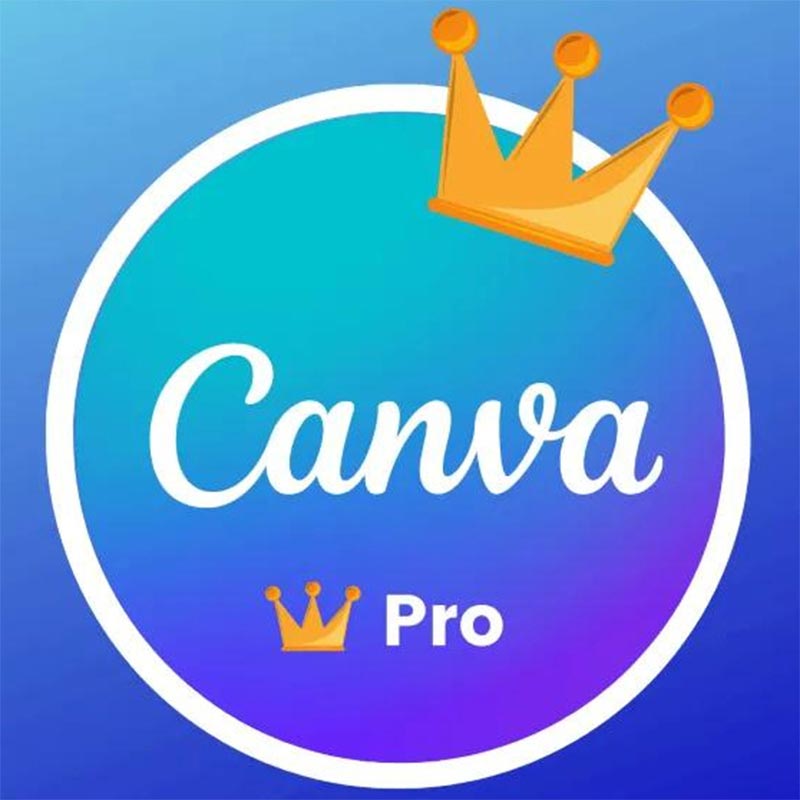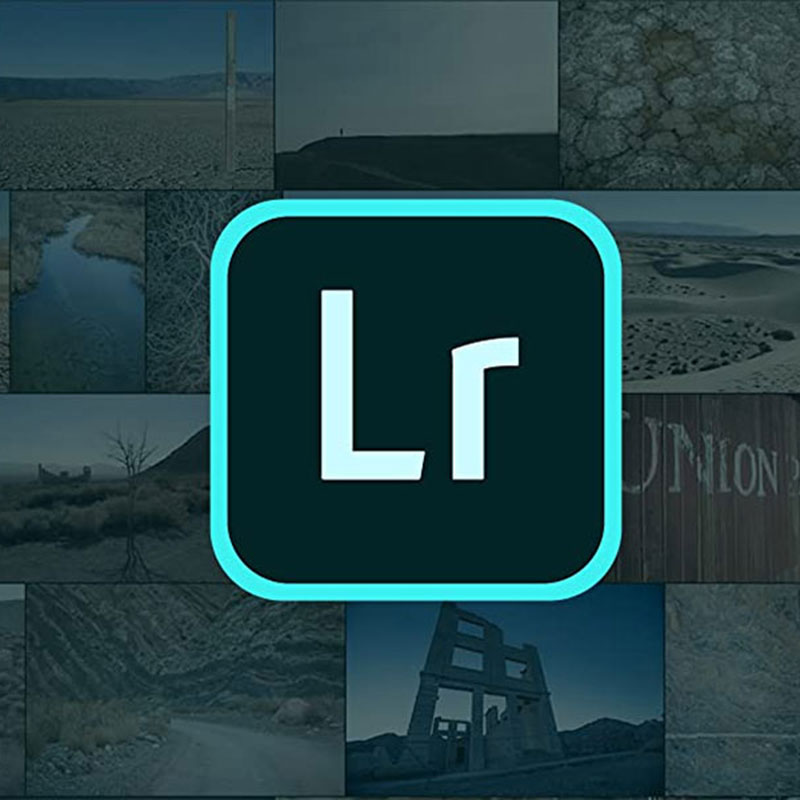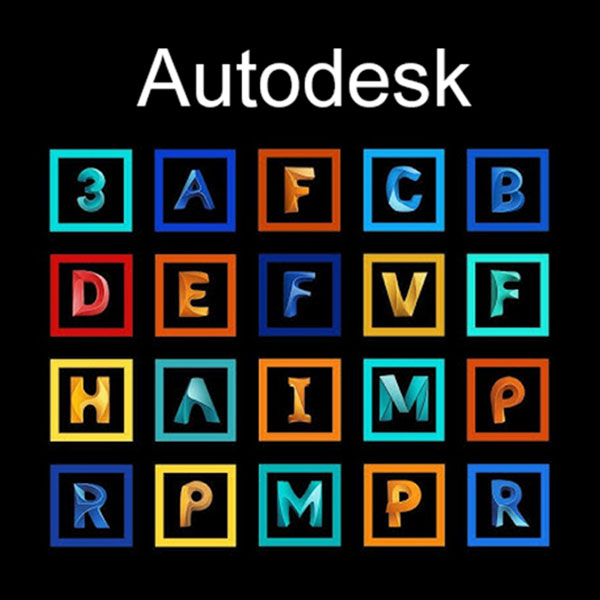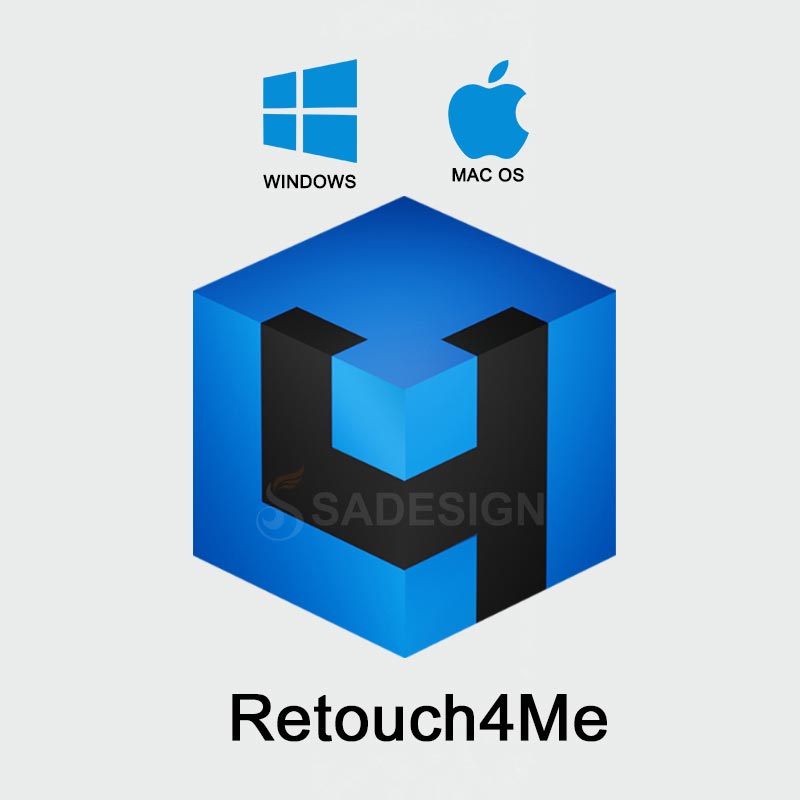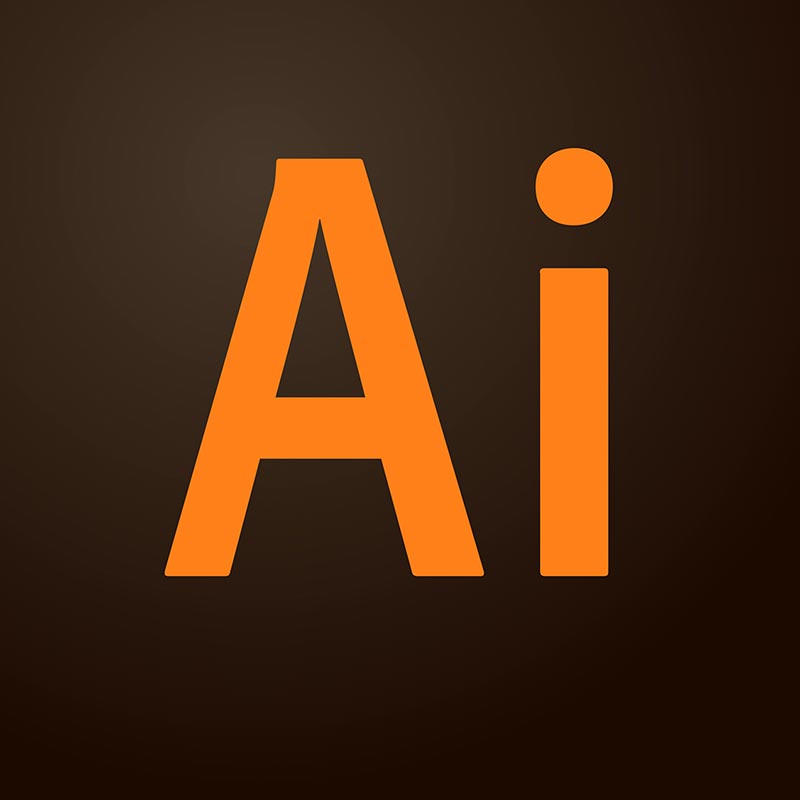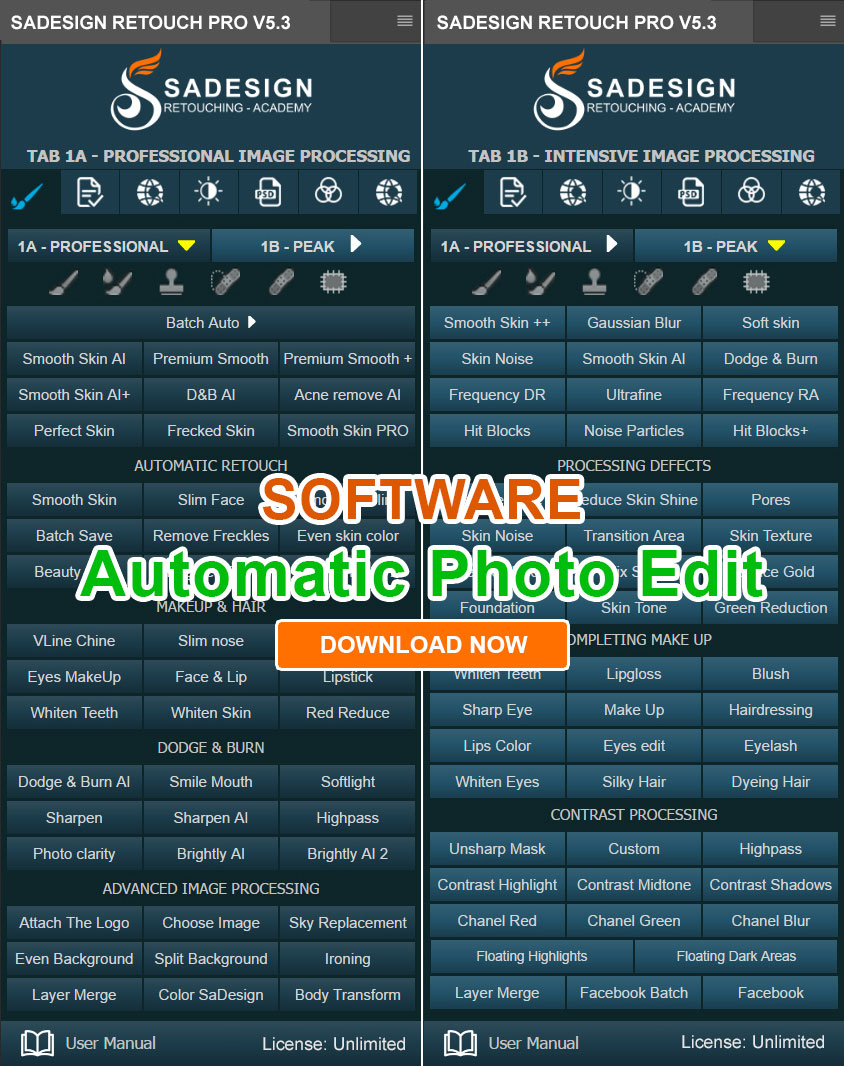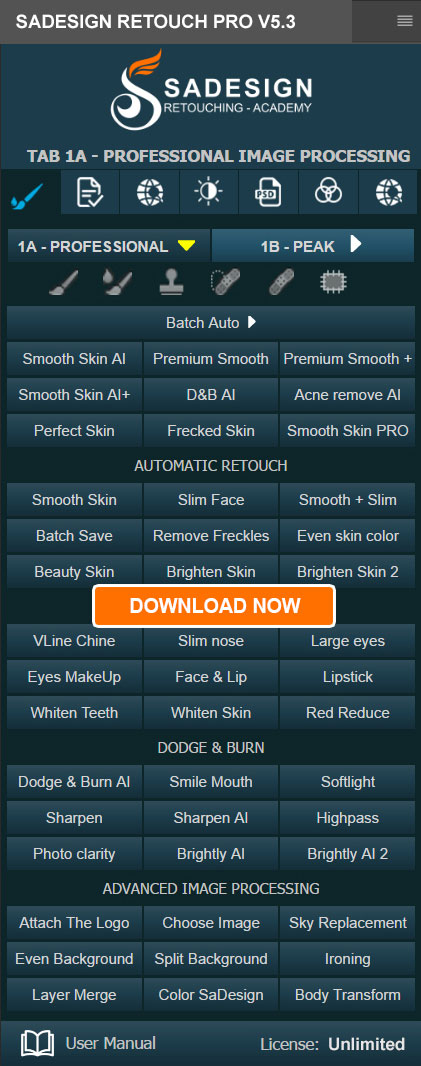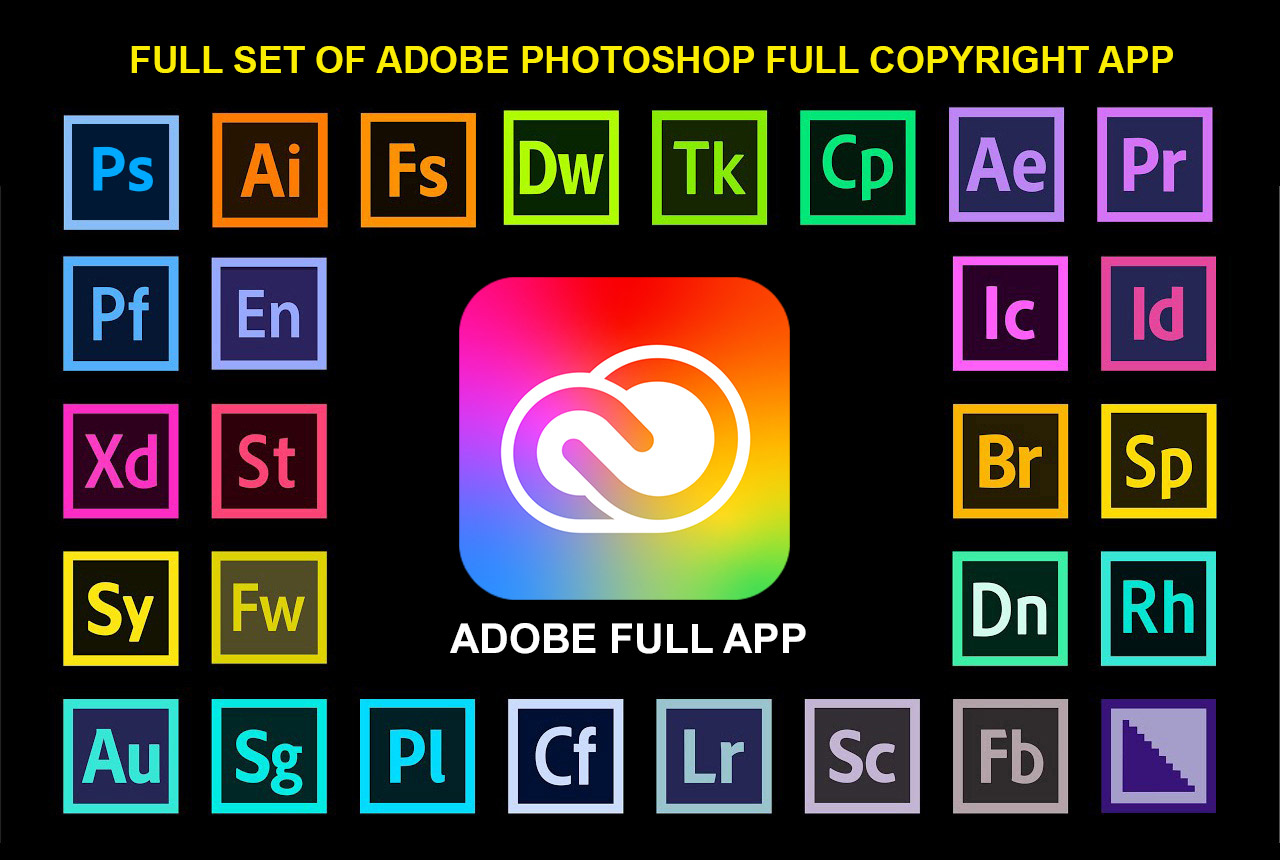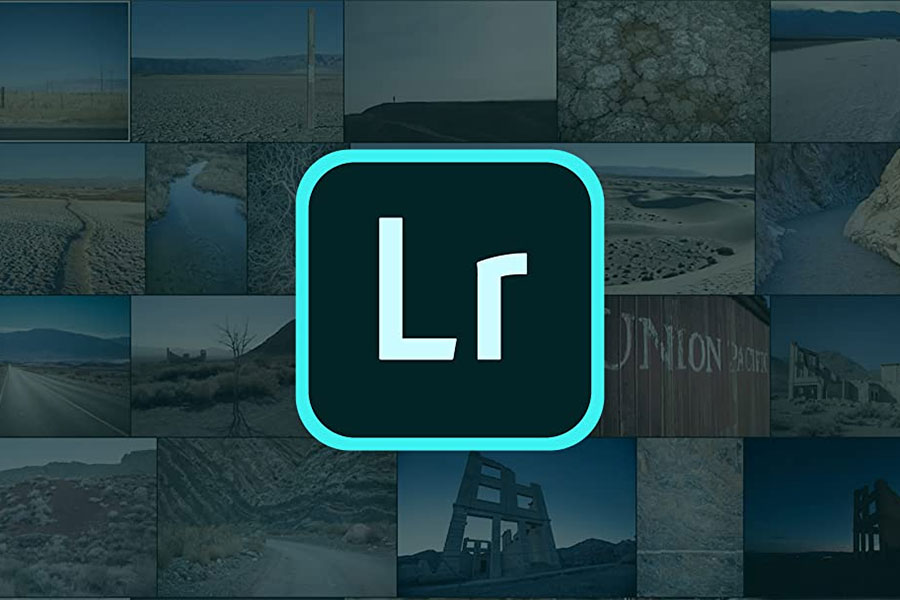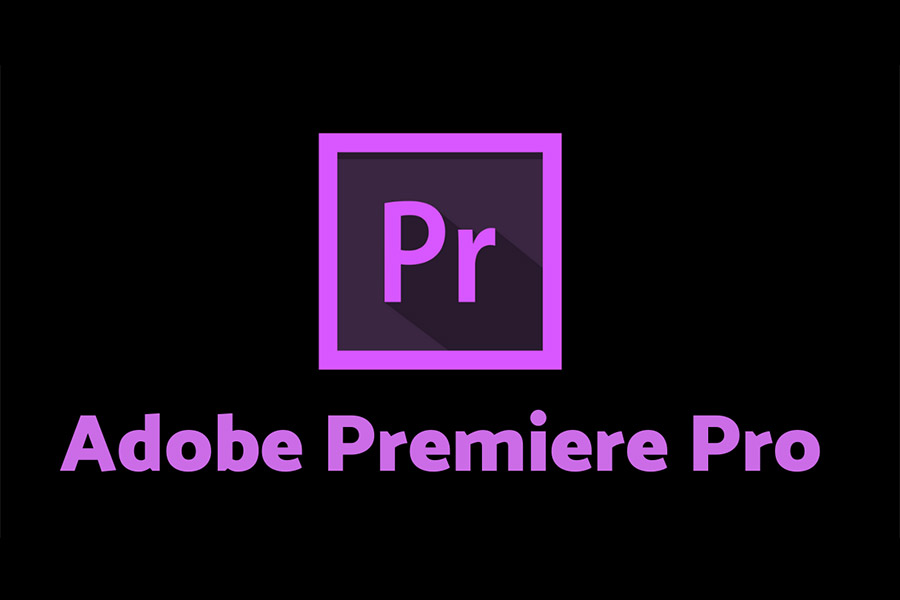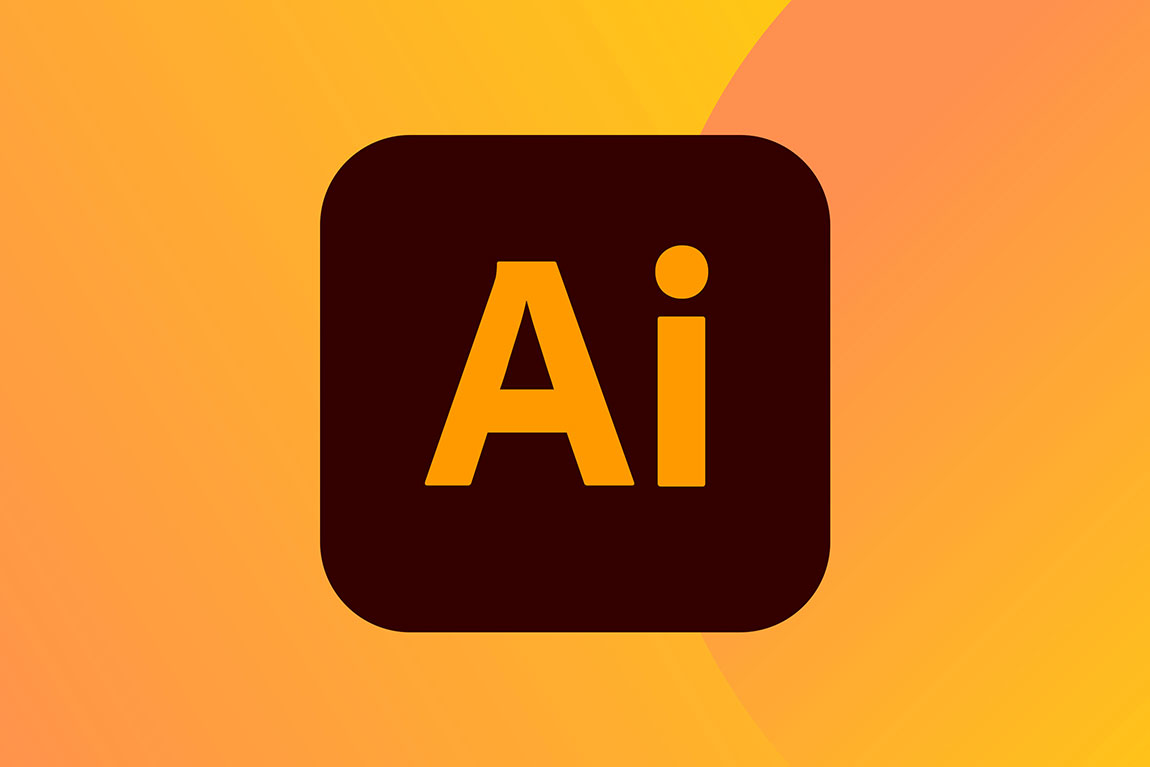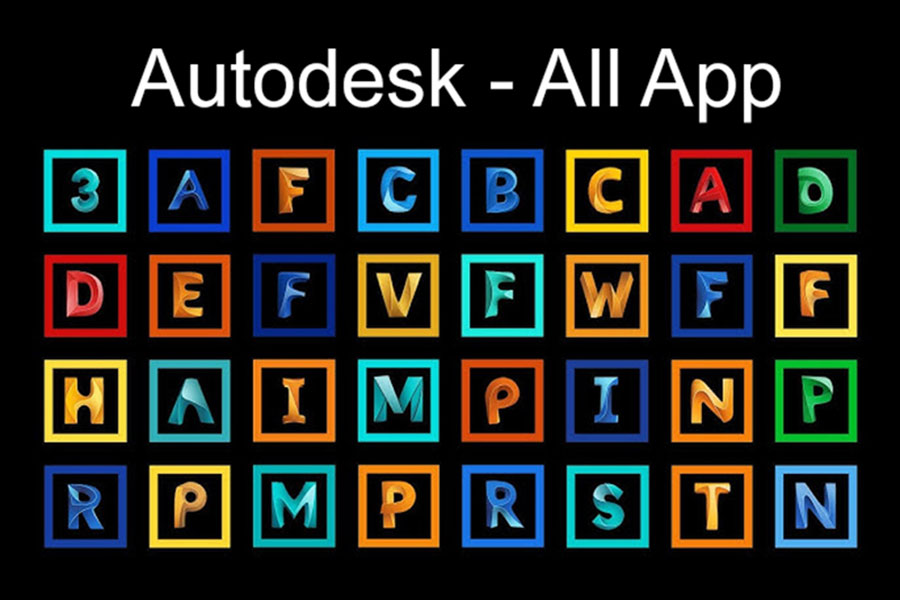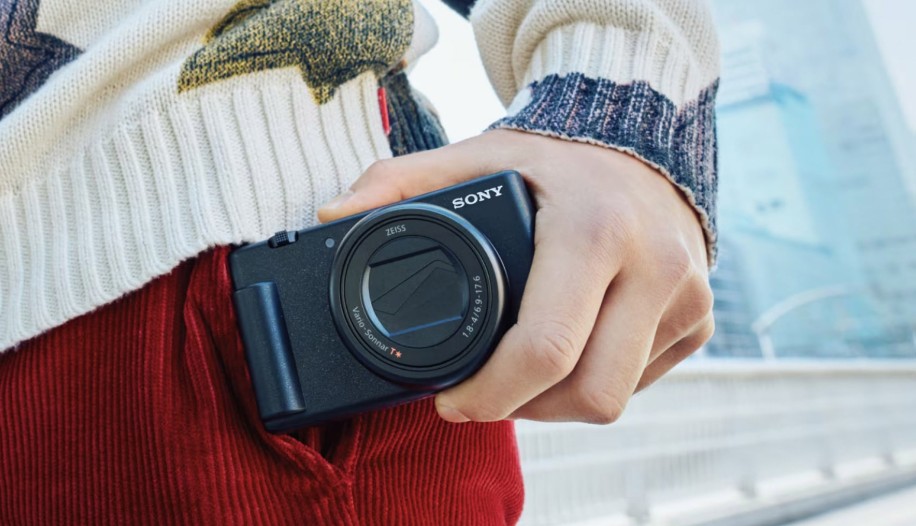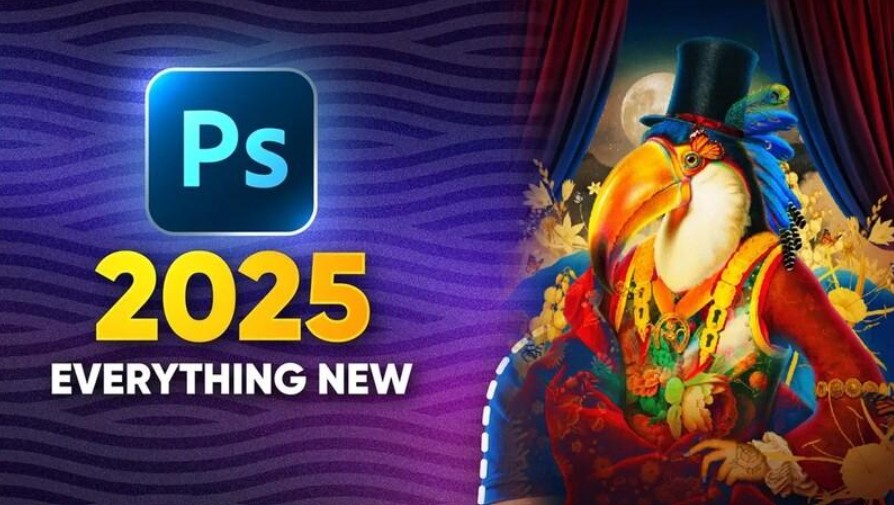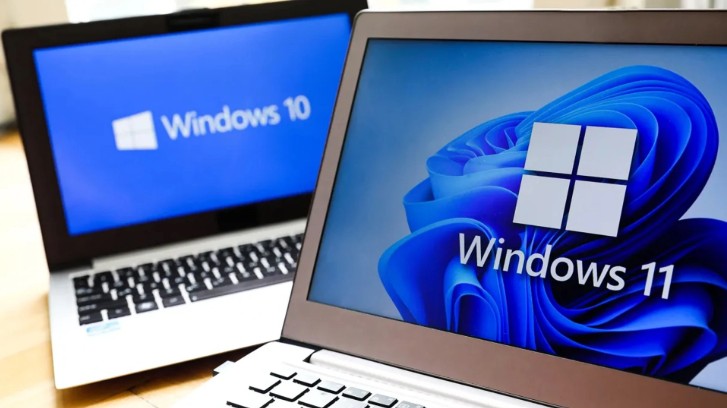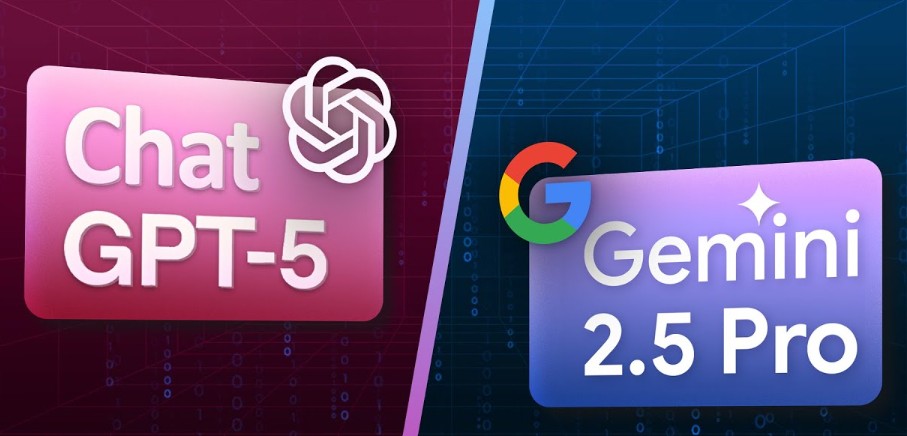Best Selling Products
The Real Impact of AI on Modern Photography
Nội dung
Artificial intelligence is profoundly changing the world of photography from the way we shoot, edit to the way we perceive images.
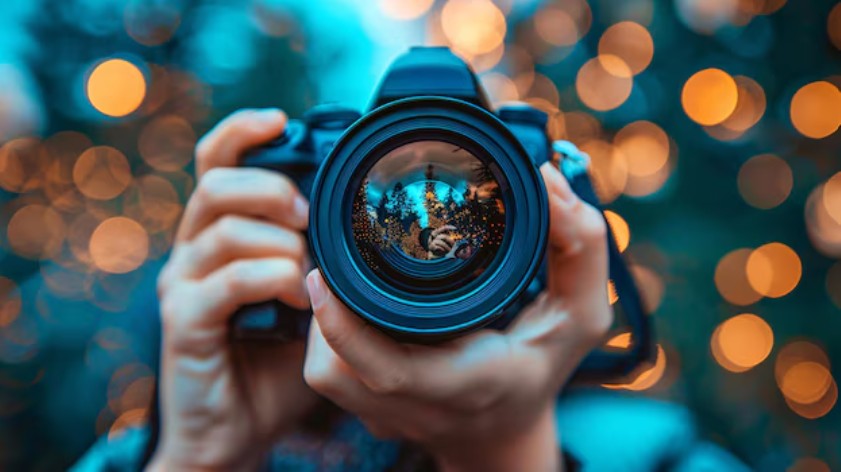
Since the invention of the first camera in the 19th century, photography has always been a combination of technique, light and emotion. A good photograph is not only the result of the lens and sensor but also the unique perspective of the person holding the camera.
But in just the last few years, artificial intelligence (AI) has made the entire photography world take a look at itself. Tools like Adobe Firefly, Midjourney, DALL·E 3, Stable Diffusion or Photoshop Generative Fill not only help edit photos faster, they also have the ability to create completely new photos without the need for a real camera or subject .
AI is changing everything. It understands language, understands the concepts of composition, light, emotion; it can “learn” from millions of photographic works to create images that are deeply human. In other words, AI is doing what only the most talented photographers could do before. The question is: is this a revolution that opens a new era of creativity or is it the beginning of a period where photography loses its soul?
1. Traditional photography and the AI wave
For most of its history, photography has been tied to reality. Each photograph represents a moment in time that cannot be repeated. That is the essence of traditional photography: real, emotional, and skilled. The photographer must understand every technical element such as aperture, shutter speed, ISO, light, distance, and lens.
But the turning point came when AI tools came in. With just a few simple lines of description like “portrait of woman in sunset, cinema style, Rembrandt lighting,” the AI system could create an image that was unbelievably beautiful. Details like the reflections in hair, the shadows on cheeks, or the contrast between light and dark were reproduced with pixel accuracy.
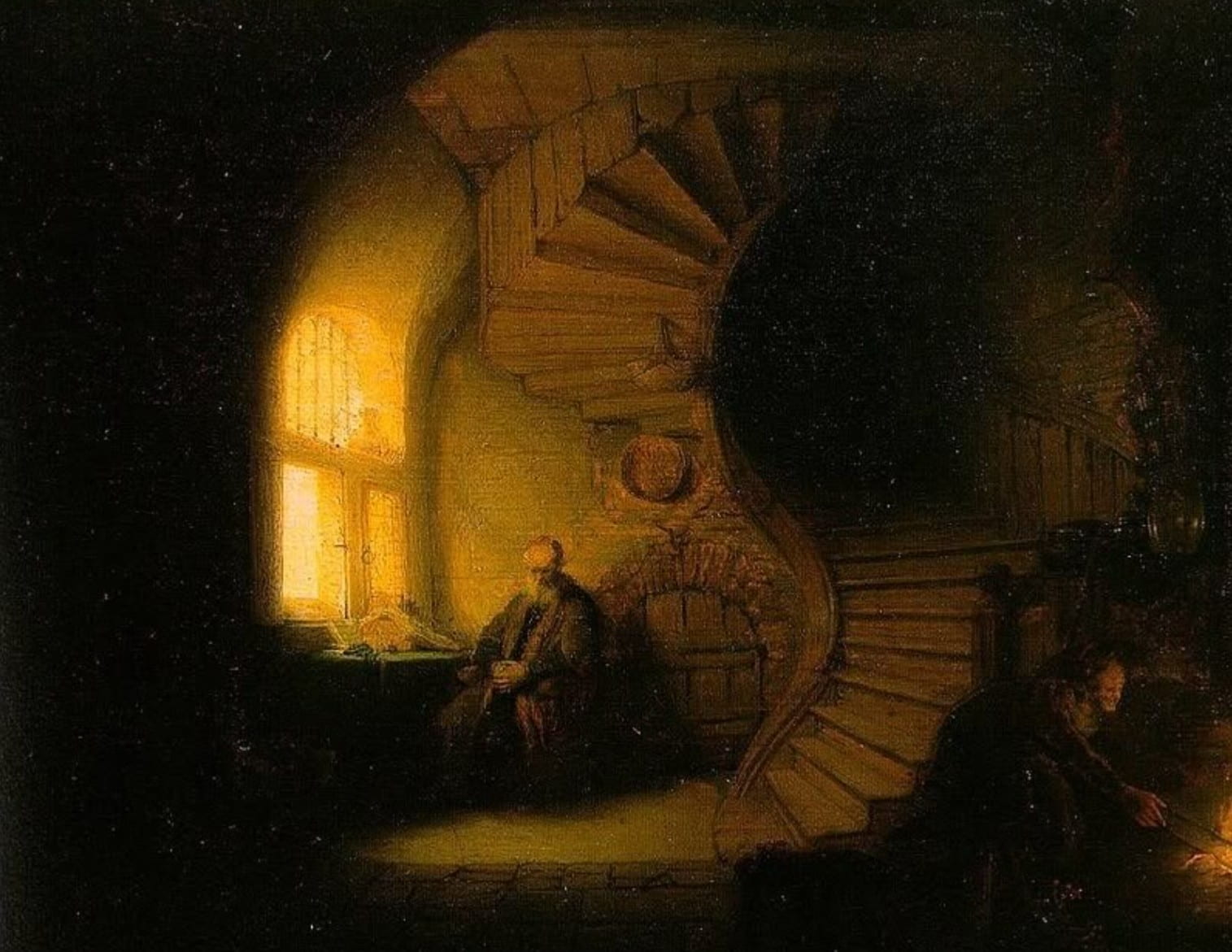
AI not only replicates reality, but also simulates visual emotions that were once thought to be the preserve of humans. By learning from massive amounts of data, AI can understand the style of famous photographers like Annie Leibovitz's soft lighting or Steve McCurry's minimalist compositions and recreate that spirit in new images.
We live in a time when two worlds are merging: on one side, candid photography, where people are in direct contact with the real world; on the other, virtual photography, where artificial intelligence acts as the creator. The line between the two worlds is increasingly blurred. When looking at a great photo, it is increasingly difficult to distinguish whether it was taken by a camera or “drawn” by a computer.
2. AI changes the way photographers work
Previously, post-production was the most time-consuming and labor-intensive part of photography. Color correction, removing unnecessary details, compositing scenes or handling light all required meticulousness and experience. But now, AI has completely changed that.
A commercial photographer can take a fashion photo shoot and in just a few minutes, AI will automatically adjust the lighting, remove blemishes, smooth skin while preserving natural textures. Even if the setting is not as expected, AI can create a completely new background, for example, turning a simple studio into a glamorous Paris scene or a sunny Santorini beach.
Software like Photoshop Generative Fill or Luminar Neo uses object and context recognition algorithms to make smart editing suggestions. AI understands what is human skin, what is the background, what is the main light, and automatically optimizes each element.
Not only in editing, AI also supports photography right from the shooting stage. Modern cameras integrate deep learning algorithms to help recognize faces, track eyes, and even predict movements to focus accurately. In sports or wildlife photography, this feature helps capture moments that humans can hardly react to in time.

Thanks to AI, modern photographers can spend less time on technique and more time on creativity. They can experiment with more ideas, styles and emotions, because the technology is behind them. However, this convenience also raises concerns for some: when everything can be automated, will there still be room for the “human touch” in art?
3. When AI becomes an artist
This is a hotly debated question in the creative world: Is AI-generated imagery considered photography?
On online platforms, AI-generated “fake but real” photos are becoming more and more popular. An AI portrait can make viewers believe it is a real person, taken with a real lens, under real light. But in reality, that person never existed.
Some people argue that it is not photography, because it does not capture the real moment. Photography is inherently the art of truth, and AI is just a form of reproduction. However, there is also the opposite view: if the nature of art is to create and express ideas, then AI can also be a tool to express the artist's vision.
Nowadays, a new concept has been formed: “AI-assisted photography” : photography with the support of AI. The artist is still the one who comes up with the idea, controls the light, composition, and then uses AI to complete or expand the frame. From this perspective, AI does not replace the photographer, but becomes an extension of the imagination .
What worries many, however, is the potential for AI to emulate the artistic style of others. A system could learn to shoot “like” a famous photographer without permission. When personal style can be easily copied, the value of “artistic self” becomes more fragile than ever.
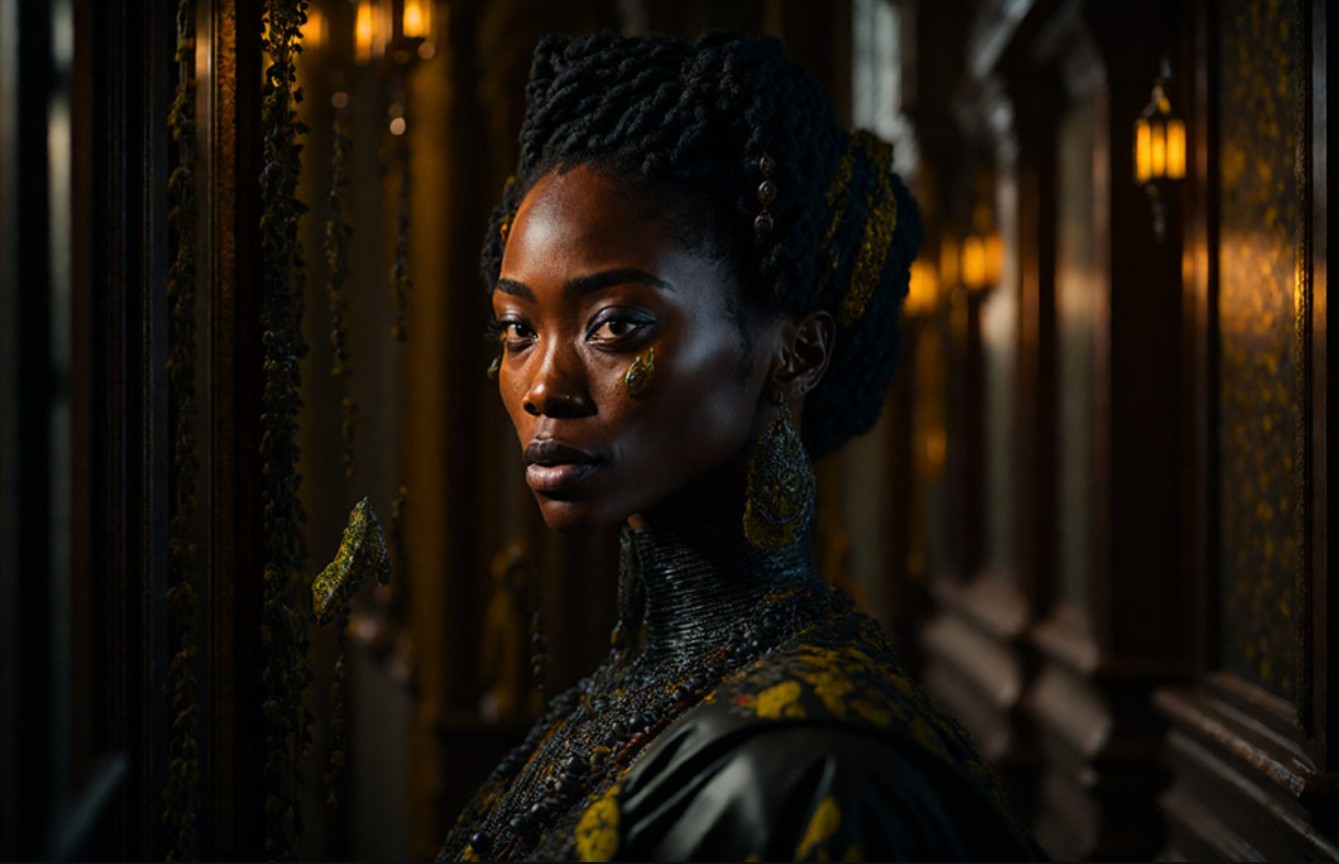
4. Changes in aesthetics and viewer tastes
AI is not only affecting creators, but also changing the perception of viewers. Social media is flooded with AI-generated images that are shimmering, perfect, sometimes beyond reality. People are gradually getting used to “virtual” beauty, where the sky is always bright, skin is flawless and landscapes have no dead angles.
Aesthetic tastes are shifting. As beauty is standardized by algorithms, candid images, even those with emotional depth, are sometimes deemed “not good enough.” This forces photographers to adapt, to create more eye-catching work, even if it sometimes takes them away from the authenticity that is the soul of photography.
However, there are voices that speak against the current. Many photographers choose to return to documentary photography, street photography or analog film as a way to retain authenticity. They believe that only real photos can bring real emotions.
In contrast, a younger generation of artists sees AI as a limitless creative tool. For them, what matters is not whether the image is “real” or not, but the story told through the image. In this perspective, photography is evolving from an art of recording to an art of imagination.
5. AI and the democratization of photography
One of the most positive impacts of AI is that it makes photography more accessible to everyone. In the past, taking a good photo required expensive equipment, technical knowledge, and experience. Now, with just a phone and a few AI tools, anyone can create impressive works.
Smart algorithms in the phone such as Smart HDR, Magic Eraser or Galaxy AI Edit automatically adjust the light, remove unnecessary objects and optimize the frame. Even people who do not understand anything about aperture or shutter speed can take photos that make others admire.
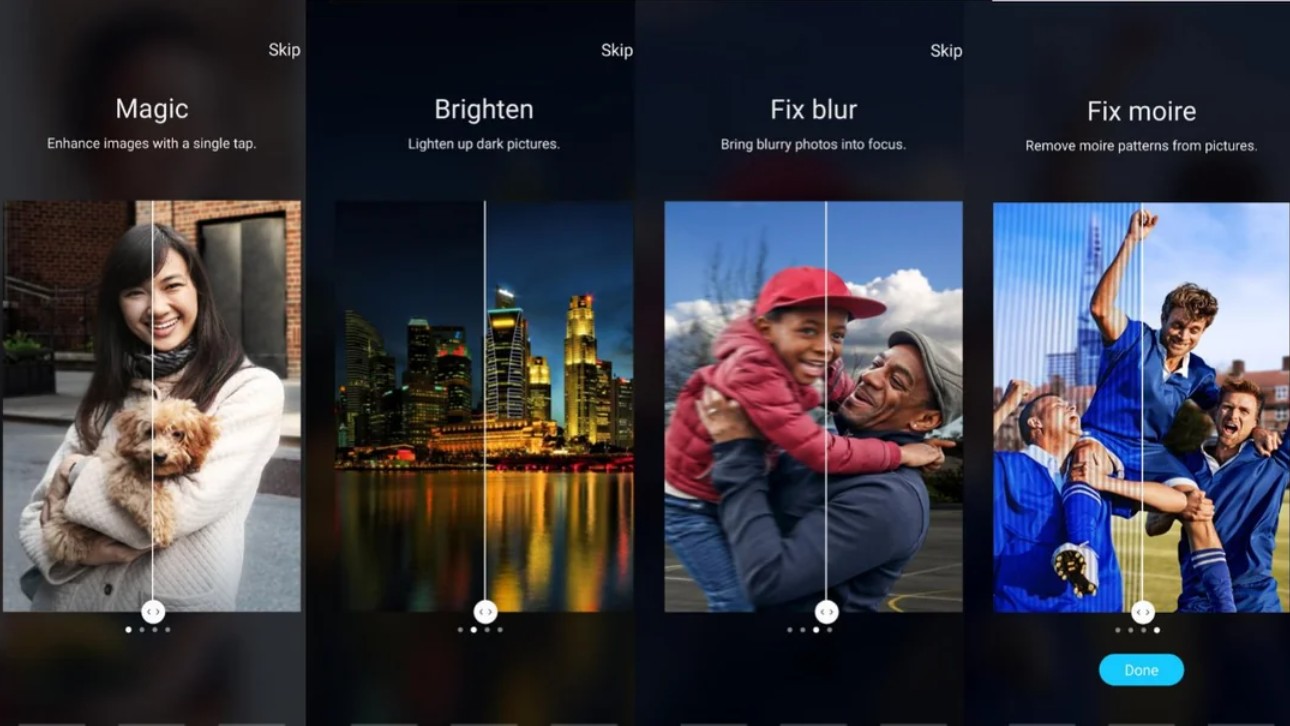
This “democratization” has led to a huge explosion of photography around the world. Every day, hundreds of millions of images are uploaded, shared, edited and recreated. Photography is no longer the exclusive domain of professionals, it has become the common language of the digital age .
But everything has two sides. As beautiful images become popular, the value of difference is eroded. Amid billions of perfect photos, people start to look for something “imperfect”, “faulty”, “soulful”. And perhaps that is where real photography still finds its place.
6. Ethical and copyright issues in AI photography
AI is not only changing the way we create, it is also creating ethical and legal challenges. When a photo is created by AI, who is the real author? The person who wrote the script, the person who trained the model, or the AI system itself?
This problem is compounded by the fact that AI models are trained on billions of images available online, including copyrighted images. Many photographers have found that their work is being used for training without notice or compensation. This has led to a series of intellectual property lawsuits, forcing AI companies to be transparent about the source of their data.
There is also another sensitive issue: truth and fakery. AI can create images that are “more real than real,” making it difficult for viewers to distinguish between documentary and fake photos. “Deepfake” photos of celebrities, political events, or wars can have serious consequences, affecting honor, trust, and even social security.
As a result, many art organizations and media outlets are calling for clear regulations on labeling AI images to help viewers recognize authenticity. Some major platforms such as Adobe have begun implementing Content Credentials, recording information about the image creation process to ensure transparency.

In the big picture, AI is both a challenge and an opportunity. It forces creatives to change, to learn to adapt to new technologies, and at the same time opens the door to modes of expression that never existed before.
In the near future, photographers may not only be camera operators but also “AI operators”, who combine shooting techniques with the ability to direct artificial intelligence to create images that match their ideas. Creativity will no longer be limited by reality, you can create any scene you imagine, as long as you have a sophisticated enough language to describe it.
The important thing is, no matter how much AI develops, it still lacks one thing, which is human experience and emotion. Machines can reproduce light, simulate landscapes, but cannot feel sadness, joy, or emotion when standing in front of a real scene. That will continue to be the irreplaceable identity of photography.
AI may change the tools, but the soul of art remains in the hearts of the creators. If used properly, AI is not an enemy, but a companion, helping us tell deeper, more powerful visual stories.
Artificial intelligence is rewriting the history of photography in an unprecedented way. It offers endless opportunities for creativity, but also raises a series of questions about ethics, copyright and real value. However, this change is inevitable, just like when digital cameras were born and were opposed by the film industry, then became the new standard. Photography today is not dead, but evolving . It has transformed from a tool of recording to a tool of expression, whether photographers or ordinary people can become visual storytellers.
